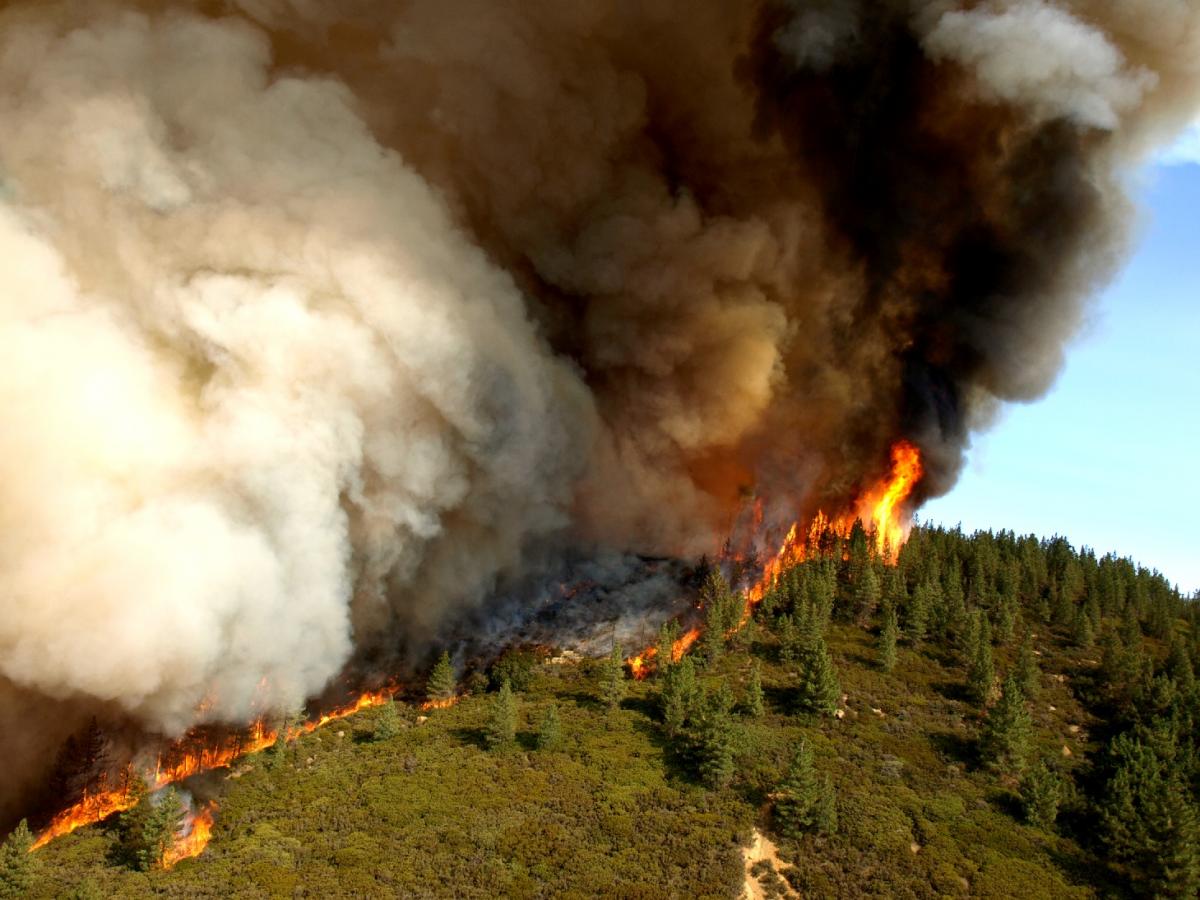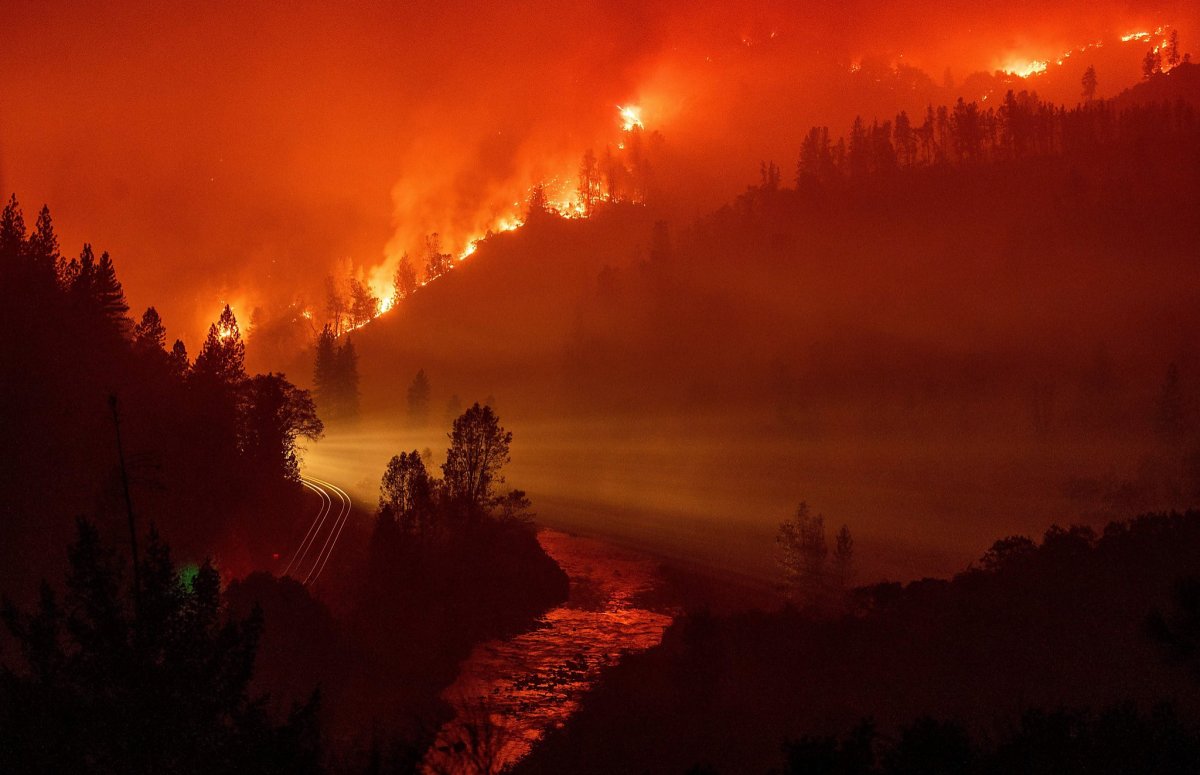Here’s how California has increased forest management and wildfire prevention is a story of proactive change. Facing devastating wildfires year after year, California has dramatically ramped up its forest management efforts. This involves a multi-pronged approach focusing on thinning overgrown forests, expanding controlled burns, improving forest management planning, strengthening community wildfire protection, and leveraging technological advancements. The scale of these efforts, and their effectiveness, is something worth exploring.
California’s boosting forest management involves things like controlled burns and thinning overgrown areas to reduce wildfire risk. However, effective wildfire prevention needs strong leadership at all levels; check out this video showing Mayor Karen Bass’s response to questions about L.A. fires: Video shows Mayor Karen Bass refuse to answer L.A. fires. This highlights the importance of local action alongside state-level initiatives for better wildfire preparedness.
This article delves into the specific strategies California has implemented over the past decade to reduce wildfire risk. We’ll examine the successes, the challenges, and the ongoing evolution of these crucial programs. From mechanical thinning to prescribed fires and cutting-edge wildfire detection technology, we’ll explore the diverse tools being used to protect California’s forests and communities.
California’s tackling its wildfire problem by boosting forest management, including controlled burns and thinning out dense forests. Want a break from all that serious news? Check out the game details for Penn State vs. Notre Dame: Time, TV channel, preview for the before diving back into how these improved forest management techniques aim to reduce future fire risks and protect communities.
Increased Forest Management and Wildfire Prevention in California
California’s escalating wildfire crisis has spurred significant advancements in forest management strategies over the past decade. These efforts focus on proactive fuel reduction, improved planning, community engagement, and technological enhancements to combat the increasing frequency and intensity of wildfires.
Forest Thinning and Fuel Reduction Programs, Here’s how California has increased forest management and wildfire
California has implemented large-scale forest thinning initiatives to reduce fuel loads and improve forest health. These programs involve the removal of smaller trees, underbrush, and deadwood to create defensible space and break up continuous fuel sources. Funding comes from various sources, including state and federal grants, private investments, and timber sales. Agencies like Cal Fire, the US Forest Service, and local resource conservation districts actively participate.
Mechanical thinning, using machinery like feller bunchers and chippers, is a common method, while prescribed burns offer a more ecologically friendly approach. Mechanical thinning is effective in removing large volumes of fuel quickly, but can be costly and disruptive. Prescribed burns, while more cost-effective in the long run and beneficial to ecosystem health, require precise timing and weather conditions, posing challenges related to air quality and public safety.
Successful projects, such as the work in the Sierra Nevada, have shown measurable reductions in fuel loads and increased tree survival rates post-fire. These outcomes demonstrate the effectiveness of proactive forest management.
| Technique | Cost per acre | Fuel Reduction Percentage | Environmental Impact |
|---|---|---|---|
| Mechanical Thinning | $500 – $2000+ | 30-70% | Moderate soil disturbance, potential habitat disruption |
| Prescribed Burning | $100 – $500 | 20-60% | Low to moderate, depending on intensity and scale; can improve biodiversity |
| Hand Thinning | $1000 – $3000+ | 40-80% | Low soil disturbance, high precision but labor intensive |
Expansion of Prescribed Fire Practices

Prescribed fire plays a crucial role in California’s wildfire prevention strategy. By carefully controlling and managing low-intensity burns, it reduces flammable underbrush and promotes the growth of fire-resistant vegetation. The acreage treated with prescribed fire has increased significantly in recent years, though still falls short of the scale needed.
Challenges include air quality concerns, requiring careful monitoring and adherence to strict regulations. Public perception also remains a hurdle, necessitating effective communication and education programs to alleviate fears and misconceptions surrounding controlled burns. Rigorous training and certification programs for prescribed fire practitioners are essential to ensure safe and effective implementation.
- Reduced fuel loads, lowering wildfire risk.
- Improved forest health and resilience.
- Enhanced biodiversity by promoting fire-adapted species.
- Cost-effective fuel reduction compared to mechanical methods.
- Restoration of natural fire regimes.
Improved Forest Management Planning and Regulations

California has strengthened its forest management regulations over the past decade, emphasizing proactive planning and risk mitigation. Forest management plans are crucial for identifying high-risk areas, prioritizing fuel reduction treatments, and coordinating activities across different land ownerships. These plans now incorporate climate change projections, anticipating future wildfire risks under altered climatic conditions.
Permitting processes for forest management activities have been streamlined to facilitate timely implementation of projects. A hypothetical forest management plan for a specific area, say a 10,000-acre section of the Mendocino National Forest, would involve detailed assessments of vegetation, topography, and historical fire data. This plan would prioritize thinning in high-risk areas near communities and incorporate prescribed burning where feasible, while considering potential impacts on water quality and wildlife habitats.
Community Wildfire Protection Plans (CWPPs)
CWPPs are crucial for reducing wildfire risk in communities adjacent to wildlands. These plans involve community engagement, defensible space creation around homes, and the implementation of fuel reduction projects. Successful CWPPs demonstrate the power of community participation in mitigating wildfire risk. Funding for CWPPs is available through various state and federal programs, often requiring local matching funds.
Defensible space principles are central to CWPPs. This includes creating non-flammable buffers around homes, clearing vegetation, and using fire-resistant landscaping. Examples of successful CWPP initiatives include those implemented in mountain communities in Southern California, which have shown a demonstrable reduction in property damage from wildfires.
Technological Advancements in Wildfire Detection and Suppression

Advancements in technology have significantly improved wildfire detection and suppression capabilities. Remote sensing technologies, such as satellites and aerial surveillance, provide early detection of fire starts. Drones are increasingly used for rapid assessment and monitoring of fire behavior. Predictive modeling tools analyze weather patterns, fuel conditions, and topography to forecast wildfire spread.
Improved suppression techniques include the use of specialized aircraft equipped with sophisticated fire retardants and more efficient ground-based equipment. The integration of these technologies allows for faster response times, more precise fire suppression efforts, and improved firefighter safety. A state-of-the-art wildfire detection system might incorporate a network of strategically placed sensors, coupled with satellite imagery analysis and AI-powered algorithms to identify and prioritize fire threats, automatically alerting response teams.
California’s tackling wildfires by improving forest management, focusing on controlled burns and thinning overgrown areas. Need a break from all that serious news? Check out How to watch the UConn men’s basketball team as they take on their next opponent! Then, get back to learning about how these proactive measures aim to reduce the intensity and frequency of future wildfires in the state.
Final Conclusion: Here’s How California Has Increased Forest Management And Wildfire
California’s fight against wildfires is an ongoing battle, but the state’s increased investment in proactive forest management is showing promising results. While challenges remain – from securing sufficient funding to addressing public concerns about prescribed burns – the commitment to a multi-faceted approach, incorporating technological innovation and community engagement, offers a path towards greater resilience. The future of wildfire prevention in California hinges on continued adaptation, collaboration, and a sustained commitment to responsible forest management.
FAQ Explained
What are the biggest obstacles to implementing prescribed burns?
Air quality concerns, public perception (fear of uncontrolled fires), and logistical challenges like weather conditions and accessibility all present hurdles.
How does climate change impact California’s wildfire risk?
Climate change exacerbates wildfire risk through prolonged droughts, higher temperatures, and increased fuel dryness, creating ideal conditions for larger, more intense fires.
What role do communities play in wildfire prevention?
Community Wildfire Protection Plans (CWPPs) engage residents in creating defensible space around homes and promoting wildfire preparedness through education and evacuation planning.
What new technologies are being used for wildfire detection?
Remote sensing (satellites), drones equipped with thermal cameras, and sophisticated predictive modeling systems provide early detection and better fire behavior prediction.
